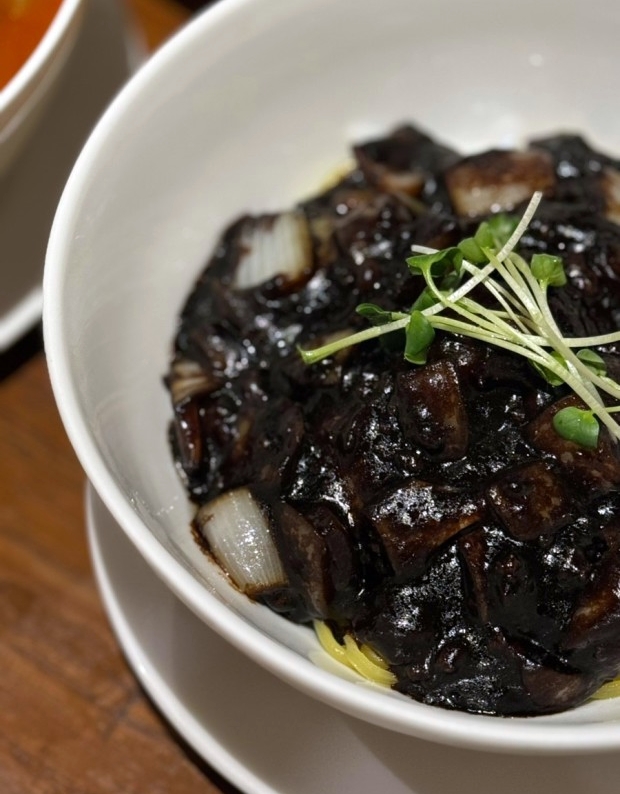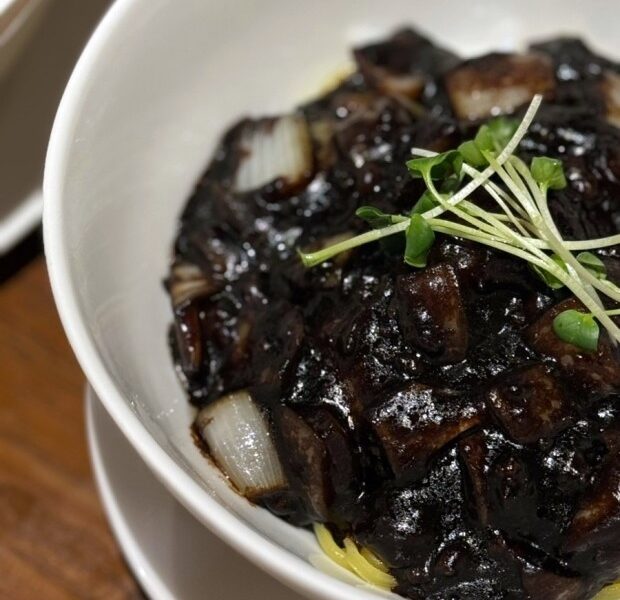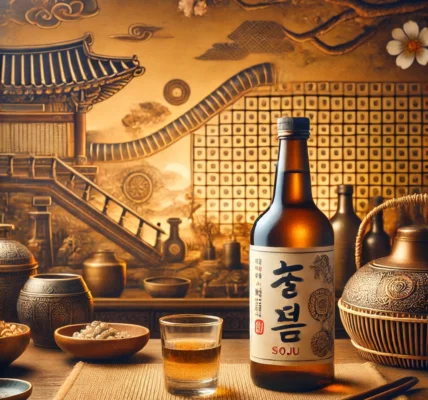The Journey of Jajangmyeon from China to Korea
Jajangmyeon, a savory noodle dish drenched in black bean sauce, is a staple in Korean cuisine today. But did you know that this popular comfort food originated from China? Over the years, it transformed and adapted to Korean tastes, eventually becoming a symbol of Korean-Chinese fusion cuisine. Let’s delve into the rich history of Jajangmyeon and discover how it became an iconic Korean dish.
The Chinese Roots of Jajangmyeon
The origins of Jajangmyeon trace back to “Zhajiangmian,” a traditional Chinese noodle dish with soybean paste sauce. In the late 19th and early 20th centuries, Chinese immigrants from Shandong Province settled in Korea, bringing their culinary traditions with them. They established themselves around the Incheon port area, where they began cooking meals that catered to the local tastes of the Chinese community.

The Evolution of Jajangmyeon in Korea
As the dish gained popularity in Korea, it began to evolve. Korean chefs started adapting the recipe to suit local palates by adding caramel to the sauce, giving it a slightly sweeter taste than its Chinese counterpart. Additionally, Korean-style black bean paste (Chunjang) was introduced, which made the sauce richer and more flavorful. This adaptation marked the beginning of Jajangmyeon as a distinct Korean dish.
Economic Factors That Influenced Jajangmyeon’s Popularity
Jajangmyeon became more widely available and affordable over time, making it a go-to meal for working-class Koreans. By the 1960s and 1970s, the dish was served at most Chinese restaurants in Korea and became a symbol of cheap, filling, and delicious comfort food. The affordability factor contributed to its popularity during economically challenging times in Korea, turning Jajangmyeon into a beloved household name.
The Cultural Significance of Jajangmyeon
Over the years, Jajangmyeon has come to represent more than just a meal. It’s now associated with significant life moments and traditions in Korea. One of the most notable examples is “Black Day” (April 14th), a holiday where single people gather to eat Jajangmyeon together, symbolizing their single status. This tradition has cemented Jajangmyeon’s place in Korean popular culture.
Differences Between Korean Jajangmyeon and Its Chinese Origin
Although Jajangmyeon has its roots in Chinese cuisine, there are distinct differences between the Korean version and the original Chinese dish. The Korean sauce is thicker, more savory, and less salty than the Chinese Zhajiangmian. Additionally, the Korean version often includes diced pork or seafood, vegetables like onions, cabbage, and zucchini, making it heartier and more suited to Korean tastes.
How Jajangmyeon Represents the Korean-Chinese Fusion
Jajangmyeon is one of the best examples of the Korean-Chinese culinary fusion. It showcases how immigrant communities adapt their culinary heritage to fit the tastes of their new home. This fusion reflects the blending of two cultures, creating something unique and universally beloved in Korea today.
Modern-Day Jajangmyeon: An Ever-Evolving Dish
Today, Jajangmyeon continues to evolve, with restaurants offering various adaptations such as “seafood Jajangmyeon,” “gan Jajangmyeon” (dry version with less sauce), and even “vegetarian Jajangmyeon.” These modern takes on the dish show how it remains relevant in contemporary Korean cuisine while honoring its roots.
Conclusion: Jajangmyeon’s Journey from Foreign to Familiar
From its humble beginnings as a Chinese noodle dish to its transformation into a Korean staple, Jajangmyeon tells a story of adaptation, resilience, and cultural integration. It stands as a delicious reminder of how food can transcend borders and become a cherished part of a nation’s culinary identity.













